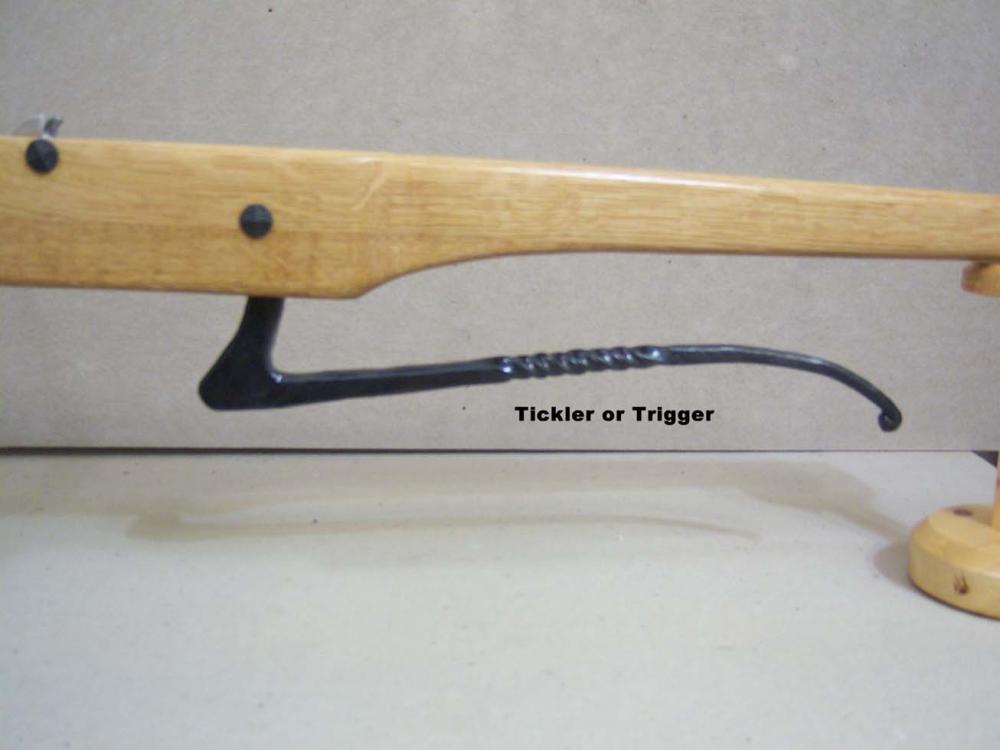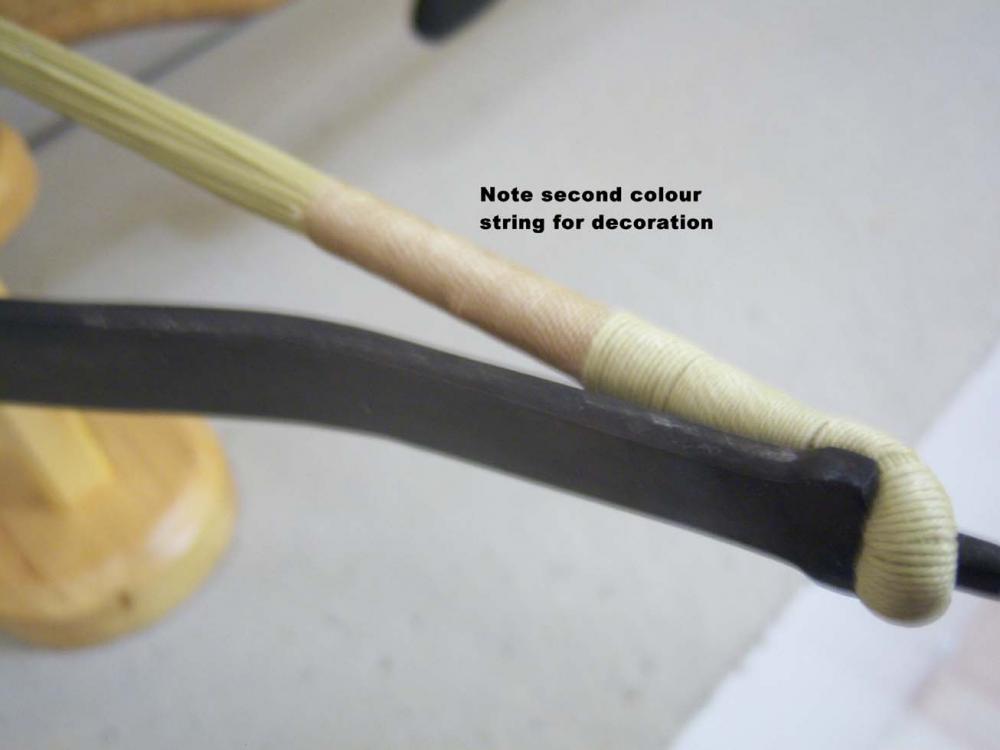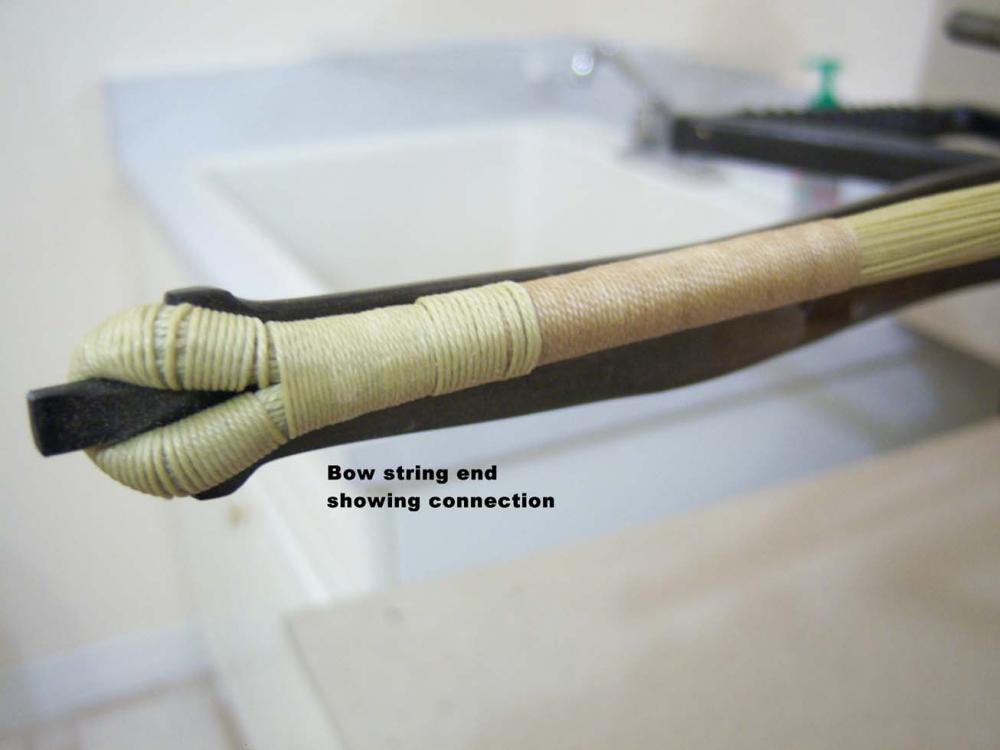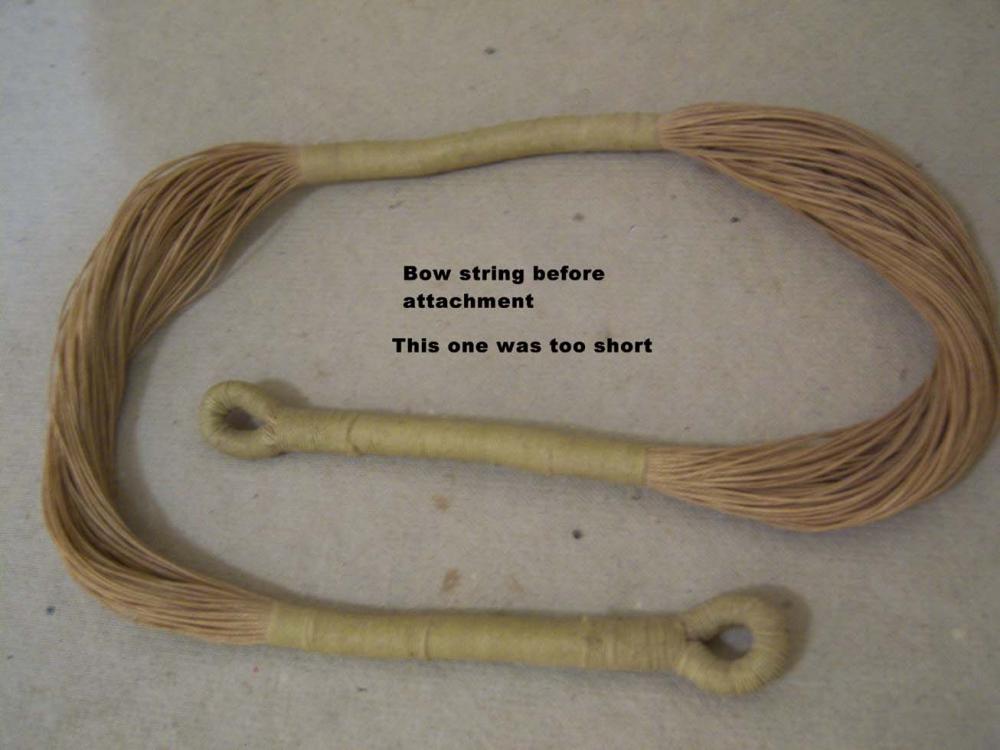Longbow/Crossbow Part 2
The Battle of Crecy conclusion:
As we discussed in my last blog the Battle of Crecy was a disaster for the French and an undeniable victory for the English. For the English it could be said that they had fought a flawless battle. Just how badly did the French suffer in this defeat? It has been said that they were unable to support Calais when the English laid siege to the city following their victory at Crecy. On the face of it this sounds reasonable, just having been crushed by the English. However, when you look at this siege a little closer you find that the English laid siege to Calais for a full year. It really brings home the realization just how badly the French had suffered.
It would be wrong to assume that the English longbow was the only factor in the French defeat. On the other hand it would be just as wrong to underestimate its value. All through this engagement English arrows rained down on the hapless French. The English also had the high ground and were in a position where the French could not outflank them. Added to this there were trenches, pits, sharpened steaks and rows of caltrops strewn out in front of the English defences. Caltrops were multi-spiked devices that were thrown out in rows, much like modern day minefields. These were effective in stopping mounted knights and cavalry. If you think of a horse’s hoof being like your fingernail. A horse actually runs on the tip of a modified digit, or finger, with the nail being thick to provide a tough resilient material on which the horse walks and runs. A caltrop is designed to puncture the soft part of the horse’s foot not protected by the hoof. This would be the same as you taking a needle and, if it were possible, pick the end of the finger nail, no real problem. Now move the needle back to the soft fleshy part of the finger and you may very well discover words you would never use in front of Mom.
The English also had cannon, which were huge and cumbersome to move, but none the less delivered salvo after salvo of iron balls into the Genoese crossbow men, mounted knights and anyone else unfortunate enough to be in their way. Even if the cannon balls of the day were unable to penetrate full plate armour of that period the blunt force trauma would kill as easily as if the knight had been shot by a modern firearm. To make my point using a modern example, think of the bullet resistant vest worn by police officers. NOT bullet “proof” as is often the term used but merely bullet “resistant”. While the vests will withstand the impact of a .357 handgun projectile a high power rifle bullet will zip right through them, and the wearer. Just to add a little more about bullet resistant vests, they are NOT puncture proof or even resistant for that matter. A demonstration during my training brought this point home (no pun intended). A vest placed over two supports, leaving the section between the supports unsupported was struck with a stick pen, like a Bic brand ball point pen, and it passed straight through. The lesson learned was simple enough; the vest is no substitute for caution. Fact – complacency kills.
Back to my point about blunt force trauma; a blast from a .357 pistol round may be stopped by the vest but you will be knocked off your feet, suffer sever bruising, perhaps broken ribs and if the bullet hits just right it could stop your heart. So the point of French knights wearing full plate armour is rather moot when it comes to cannon balls at any velocity.
Another factor which made English victory easily was that the French did not co-ordinate their different sections, such as mounted armoured knights, foot soldiers or light cavalry. Instead each group attacked pretty much as the individual commanders saw fit. This allowed the English to move out and deal with each component as it was offered for annihilation rather than each French component being supported by other ranks.
I have one more factor to propose; a theory of my own and not one gleaned for the work of others. Medieval battles fall into one of two categories; open field and siege. The open field battles, such as the English fought against the Scots, was a fluid movement style of warfare. Siege warfare was fought with one side behind the walls of fortified cities or castles, while the other side encamped around the fortification and used a combination of probing for weakness in the defences and starvation of the inhabitants. At Crecy the English had created a fortified position albeit without stone and mortar; while the French had arrived with the intention of attacking in a more open field, or fluid, style attack. As we have discussed this was impossible due to the terrain and heavy defences offered by the English. The French certainly had the superior numbers required for a sit and wait siege style campaign yet threw away their forces piecemeal. We were to see a similar tactic used over and over again by the French and later their allies during the First World War. Wave after wave was thrown against heavily fortified positions. This is not to insinuate this is a French trait as all combatants, including the later entry into the war by the United States, followed this strategy. It was not until around 1917 that tactics changed, but that is not a topic for this blog. Had the French realized that they were using the wrong tactics against a position that was, in essence, needing a more static siege style, then tactically withdrew to more favourable terrain things might have been much different. Could have, should have...didn’t.
The Experiment
Construction:
I followed the basic design as closely as possible to examples of original light to medium crossbows of the 1300s. I did substitute professionally made steel prods (bows) in place of composite or wooden prods of the period. This decision was made for several reasons, the least of all not being safety. A broken prod while under draw of 150 pounds can launch the broken end into the side of your head and or face with deadly consequences. Steel prods are safer and besides after several attempts at making wooden prods, all ending in dismal failure I gave in and ordered steel prods. The other factor was that the experiment had little to nothing to do with shooting the crossbow as much as removing the string without the use of special tools as sited in almost all accounts of the Battle of Crecy. I also used modern string, polyester, for the same safety concerns. Again I was not interested in whether the string, when wet, would stretch or not, but rather could I get it off the prod. Another point I doubted was the claim in almost all accounts of the Battle that the bow strings could not be adjusted once they stretched. Construction of the bowstring was identical to the original in everything including the jig I used to build up the ¼ inch thick bow string. My first attempt looked good but was too short. Once I had the correct length I used a secondary colour to give the end connectors and the middle area where the string and bolt (arrow) met a little added style. The stirrup at the front of the stock (or “tiller”) and the tickler (trigger) were both made for me by an armour maker who lives a few miles from my home. This gave the finished product a very authentic look and feel, which is what I was going for. The nut (the revolving catch for the string) was made of mild steel at a local machine shop; again a safety issue. The stock itself is made of white oak and the total weight of the finished crossbow is 11.2 pounds, the draw weight is 150 pounds with a 7 inch draw. This draw is right at the maximum suggested by the prod manufacturer which I felt was within safety parameters.
The range we set up for testing our crossbows was at 50 yards, which we found out was far too close especially when we initially over shot the target. To be honest neither Brian nor I had as much faith in our bows as they proved to warrant. A search for our missed bolts showed a range of 80 yards; perhaps the bolts we were unable to locate reached even farther distances. We both found that hand drawing the string was exhausting after an hour. We finally used the system of hooks on a length of leather fastened to our belts to draw the string. This involved bending over; attaching the hooks to the string and then standing straight this pulled the string back to engage the nut. This method was used in the 1300s so met the criteria for authenticity. Even with this mechanical advantage we were exhausted well before we had enough fun with our new weapons so we have met several times since to play William Tell; anyone for an apple?
The Results:
I was not concerned with distance or accuracy for the purpose of the experiment however, I was impressed with both. Getting the correct range was our biggest problem but as far as the right/left issues we mastered that very quickly. To my way of thinking this upholds the theory that even village idiots can be taught to fire a crossbow with a reasonable degree of accuracy in a fairly short length of time. We found that the length of the tickler (trigger) gave a great deal of mechanical advantage and allowed the bow to fire with very little pressure. Considering the power of these bows and the shocking ease of launching the bolt (arrow) one needs to be as respectful toward them as a modern firearm. Think of a high powered rifle with a “hair trigger” and no trigger guard; deadly. One of the things we discovered, which I have never encountered in research material, was concerning the length of the tickler. Once the bolt is fired the nut spins and if you let go of the tickler right away the weight of this lever will engage the hut so as to be ready for the next loading procedure. In essence the long ticklers serve two purposes, one to allow ease of launching the bolt and secondly reengage the nut to allow fast reloading.
Removing and Adjusting the String:
Here is what we discovered. First of all we decided that with the assistance of Brian’s son, Mike we would see if three grown men (two of us retired old guys) could take the string off and put is back on easily. Remember at the Battle of Crecy there were 2,000 Genoese, all of whom were proficient with the use and care of their crossbows. By placing the butt of the crossbow on the ground and Brian and I standing with the side of our foot against the tiller and grasping the prod end on our side then pushing down, Mike could take the sting off and replace it with no problem what-so-ever. We tried this with two people and while a bit more difficult it was by no means impossible. So what about a one man effort? Let’s say that the Genoese were self-serving jerks and refused to help one another; perhaps they were all jerks or just had a death with, I don’t know but let’s look at a one man effort. To string a longbow, and I have done this, you place the outside of the bow against the outside of your left foot with the bow behind your right leg. With the string attached to the lower tip of the bow bend the top of the bow toward you and attach the string.
So what about a crossbow? Palace the crossbow with one tip on the ground in a position much like you would find if you were using a pick axe to dig a hole. With one foot against the back of the lower arm of the prod push toward the ground. With the right hand on the back of the upper arm pull upward and at the same time use the stock like a pick axe handle and push down with your left hand. This takes the weight off the right hand a bit allowing you to slip the string off the prod. To replace the string simply repeat the exercise but replace rather than remove the string. What if the string had gotten wet in the first place, how would you adjust (shorten) a stretched string? We now know you could remove the string so simply twist the string one of two turns and, Robert’s your father’s brother, you have a proper length string.
After nearly a thousand dollars of investment, hundreds of hours of research construction and testing over the course of two years I can confidently say that the history books and documentaries have it wrong on this point. Proof positive and you read it first right here on the Gentleman’s Military Interest Club.
Regards
Brian









3 Comments
Recommended Comments